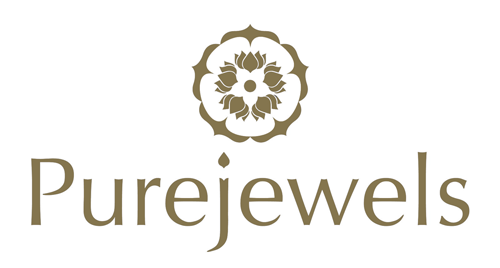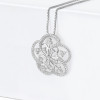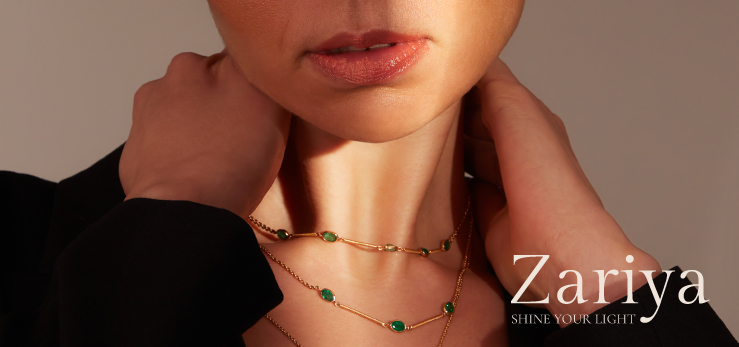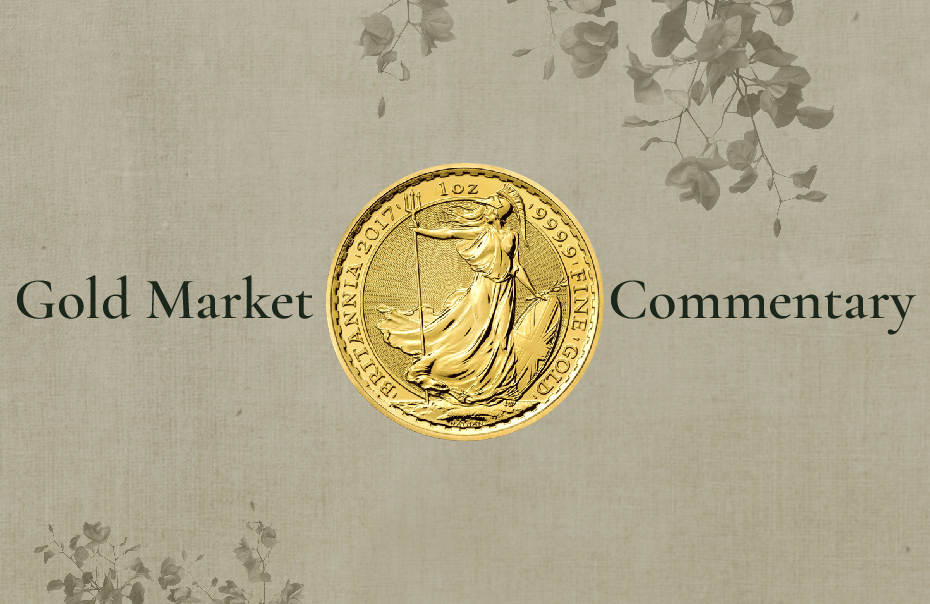- Surging cases of coronavirus, boosting prospects for emergency economic stimulus measures, are pushing up gold prices despite progress in the international rollout of vaccines.
- Expectations of further U.S. stimulus measures by the U.S. Federal Reserve (central bank) to assuage the impact of coronavirus on the livelihoods of millions of Americans, combined with optimism over efforts to introduce a U.S. fiscal support package, supported the yellow metal.
- Looking ahead to a policy meeting of the Federal Reserve starting on December 15, Commerzbank said in a note: “Without a new aid package, the recovery of the U.S. economy is likely to falter. Market participants expect greater clarity regarding future bond purchases (from the Fed).”
- Gold rose 0.98 percent to $1,846.30 per ounce on December 15, supported by a softer dollar, which was near a 2-1/2-year low.
- Gold prices were buoyed by a continuing rise in coronavirus cases, notably in the United States, Germany, the Netherlands and the UK, with restrictions on London raised to “tier 3” effective from December 16.
Any continued dissension over the (presidential) election result and the virus pandemic in the U.S. in particular should be positive for precious metals prices, which are currently depressed, as they are, by somewhat undue optimism over the vaccine effect bringing a rapid end to the spread of COVID-19,” wrote Lawrie Williams, gold market commentator for bullion dealer Sharps Pixley.
“Once the realisation sets in that the adverse effects on the U.S. and global economies will not be shortlived, we warn that equities – except perhaps the tech and gold stocks – will weaken and gold and silver, in particular, will rise.
We think gold and silver have some good potential for further increases through the end of the current year, and certainly in the first half of 2021. Beyond that we will have to wait and see how quickly the availability of an effective vaccine starts to bring down the virus spread and whether economies start to recover.
- Fluctuations in the pound exchange rate against the dollar, in which gold is denominated, will be hinged in the coming days to trade talks between the UK and the EU, with the latest extension in talks giving support to sterling.
- Increasing expectations that a deal will be reached, could strengthen the pound against the dollar, making it cheaper for UK savers to acquire the precious metal.
- However, if a “no-deal” Brexit emerges, the pound could fall sharply, raising the cost of buying gold in pounds.
- With the next Bank of England meeting due on December 17, UK interest rates appear set to remain at historic lows for some considerable time, and could at some point turn negative for the first time in history, auguring for continuing softness in the pound.
- Britain and the EU have just over a fortnight left to negotiate a deal covering nearly $1 trillion in annual trade before Britain loses zero-tariff zero-quota access to the bloc’s single market on December 31.
































